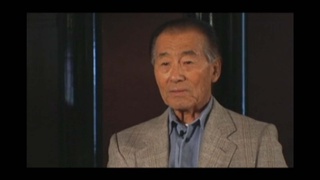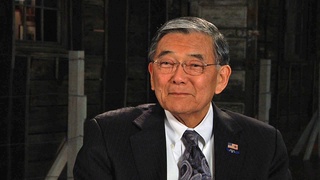Interviews
Convincing the Beltway
We got criticized for sending a lobbying trip, and so-called people in the "beltway," they said that, "Hey, you don't do, you don't lobby from California to people like, people in Iowa, and, you know, in Montana or down south. You gotta have the constituents go up there and talk to 'em. You gotta know somebody." I said, "We don't believe that." We felt that the gut feeling of the Niseis going up there and telling their story to the Congressmen, whoever they were, they're gonna respond because they're human, they understand the human suffering. And when they, the Niseis went up there and talked about their own experience, we had the Congressmen in tears.
Date: September 13, 1997
Location: California, US
Interviewer: Larry Hashima
Contributed by: Denshō: The Japanese American Legacy Project.






